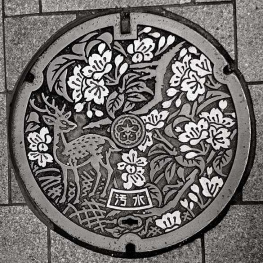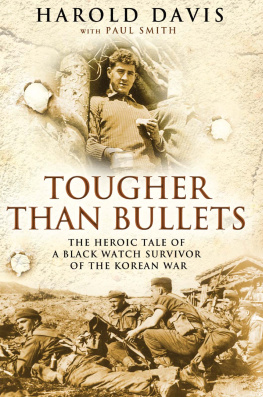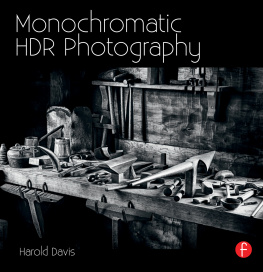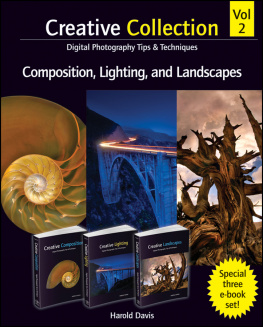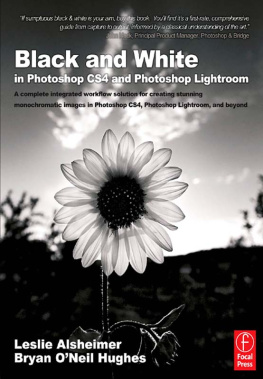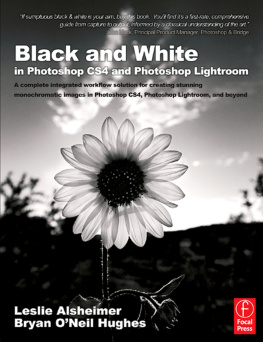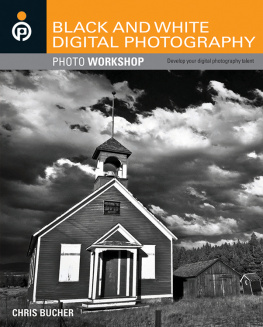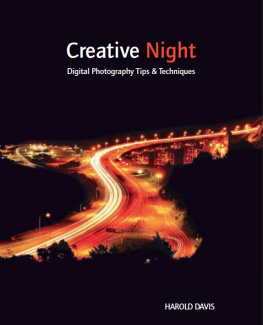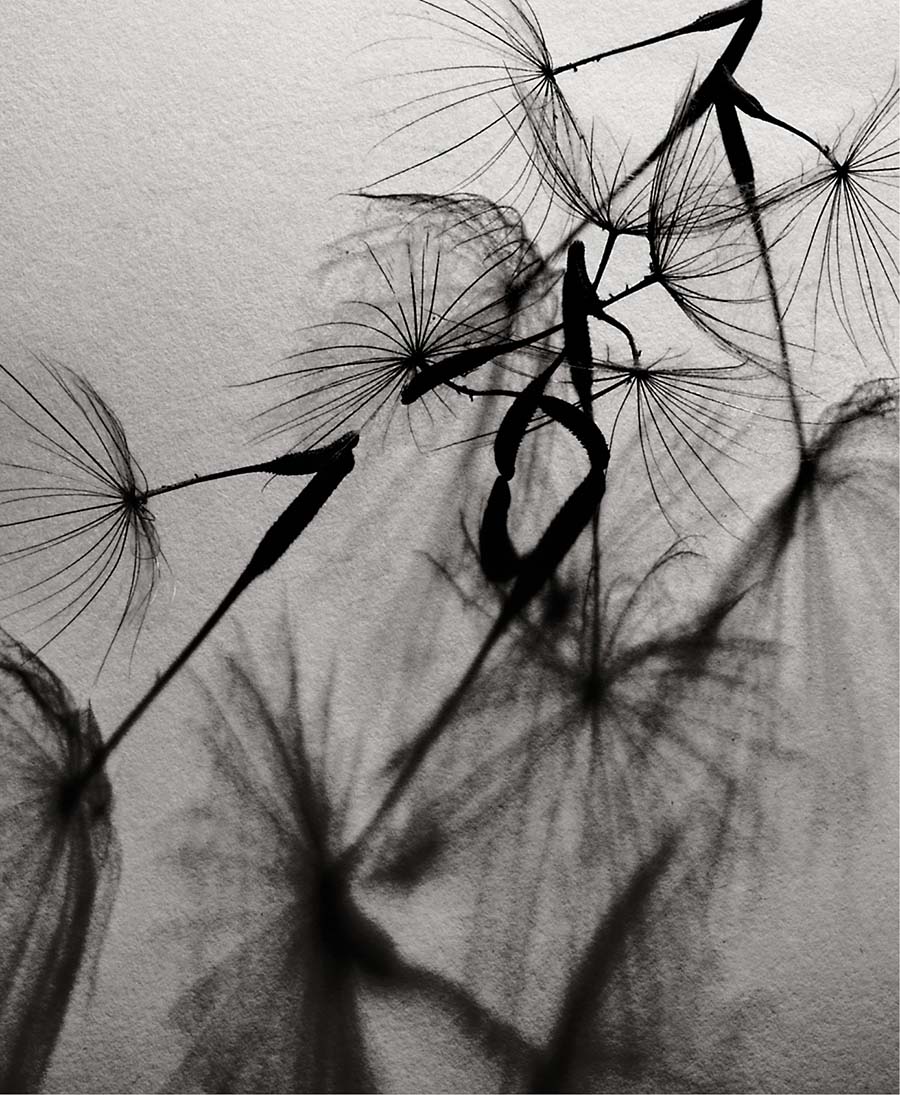
DEDICATION
For our kidsJulian, Nicholas, Mathew, and Katie Rose.
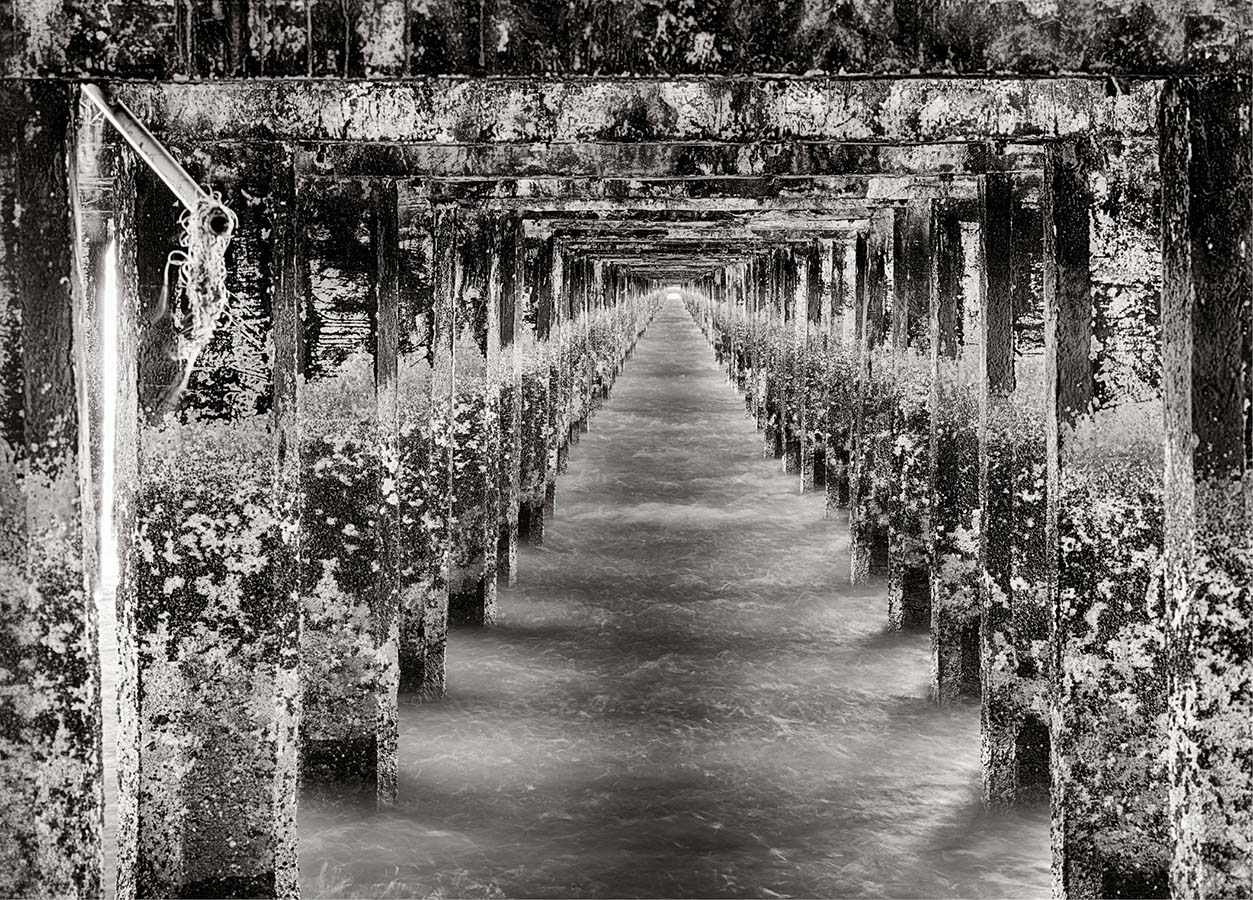
Copyright 2017 Harold Davis and Phyllis Davis and The Monacelli Press
Text copyright 2017 Harold Davis
Photographs and illustrations copyright 2017 Harold Davis
Published in the United States by Monacelli Studio, an imprint of The Monacelli Press
All rights reserved.
Library of Congress Cataloging-in-Publication Data
Names: Davis, Harold, 1953- author.
Title: The photographers black and white handbook : making and processing stunning digital black and white
photos / Harold Davis.
Description: New York : Monacelli Studio, 2017.
Identifiers: LCCN 2016026175 | ISBN 9781580934787 (paperback)
Subjects: LCSH: Black-and-white photography-
Handbooks, manuals, etc. |BISAC: PHOTOGRAPHY /
Techniques / General. | PHOTOGRAPHY /
Techniques / Digital (see also COMPUTERS /
Digital Media / Photography). | PHOTOGRAPHY /
Techniques / Equipment.
Classification: LCC TR146 .D27 2017 | DDC 778.3--dc23
LC record available at https://lccn.loc.gov/2016026175
ISBN 978-1-58093-478-7
eISBN 978-1-58093-479-4
Printed in China
Interior design and layout by Phyllis Davis
Copy editing by Nancy Bell
Cover design by Jennifer K. Beal Davis
Cover photographs by Harold Davis
10 9 8 7 6 5 4 3 2 1
First Edition
MONACELLI STUDIO
THE MONACELLI PRESS
236 West 27th Street
New York, New York 10001
www.monacellipress.com
Photos


For much of the history of photography, practitioners were limited to black and white. Since the world around us is seen in color, to some this limitation seemed truly limiting. But as color photography became available, the orthodox position became that black and white was the only true expression of the art of photography.
In modern times with the rise of digital photography, this orthodoxy became irrelevant. Digital cameras allow you to choose on a frame-by-frame basis whether you are creating a color or black and white image. Furthermore, most digital workflow incorporates the possibility of creating color and black and white versions of a single image. You can then put the two versions side by side, to see which works best.
Whatever the era, the structural underpinnings of any book about black and white photography must emphasize learning to see without color so the photographer can pre-visualize black and white imagery.
Seeing in black and white and pre-visualizing effective black and white imagery involve special considerations. With the absence of color, formal compositional elements assume greater importance. Color can be regarded as an attractive distraction. Without the eye candy, the compositional bones of the image must be strong. Its possible to create high-key and low-key images in black and white that are compelling, while the same exposures in color would be seen as simply over-the-top, blown-out, or too dark.
So black and white involves significant pre-visualization skills, and a different style of image composition than color photography. Theres also a conscious artistic choice to limit the tools of engagement to the shades and tones from black to white. This free choice to be restrained can lead to more powerful imagery than is often the case in the anything-goes world of color photography.
Whether consciously or unconsciously, photography involves narrative. This narrative can be sequential and tell a story, or it can be poetic and consist mainly of visual metaphor. Whichever is the case, I am firmly committed to the proposition that telling a story via photographic narrative is a crucial component of creating compelling black and white images.

The Photographers Black & White Handbook aims to echo the structural importance of narrative in photography by presenting technical information within the context of stories. Often these stories will be located in specific geography, and sometimes they will relate to particular kinds of photography. Within the narrative arc of the stories I tell, The Photographers Black & White Handbook details the range of black and white conversion and enhancement approaches that are available. But of course the world of technology never stands still so Ive included new hardware and software along with more traditional photographic approaches.
Therefore, iPhone captures and monochromatic conversions have a place in this book as examples, along with best workflow practices when the original is a high-megapixel full-frame DSLR. Software keeps getting better, and the advances of products such as Lightroom, Photoshop, and Nik Silver Efex Pro are explained.
Since I believe that the image isnt done until it has been printed, Ive added summary material on how to get the best prints from your black and white photos using todays high-end inkjet printers.
Black and white photography is a great art form with a significant historical context. The rise of digital photography has greatly enhanced what it is possible to do within this medium.
The Photographers Black & White Handbook presents relevant workflow and creative opportunities in sufficient detail to be comprehensible, without elevating the technical side over the creative side. This information is presented in a context that tells the stories of actual photographic practice in the field.
If you are looking for up-to-date and thorough information about the tools of digital black and white photography, while also teasing your senses with a glimpse at what is possible using this magical artistic medium, then The Photographers Black & White Handbook is for you.
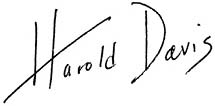
Berkeley, California
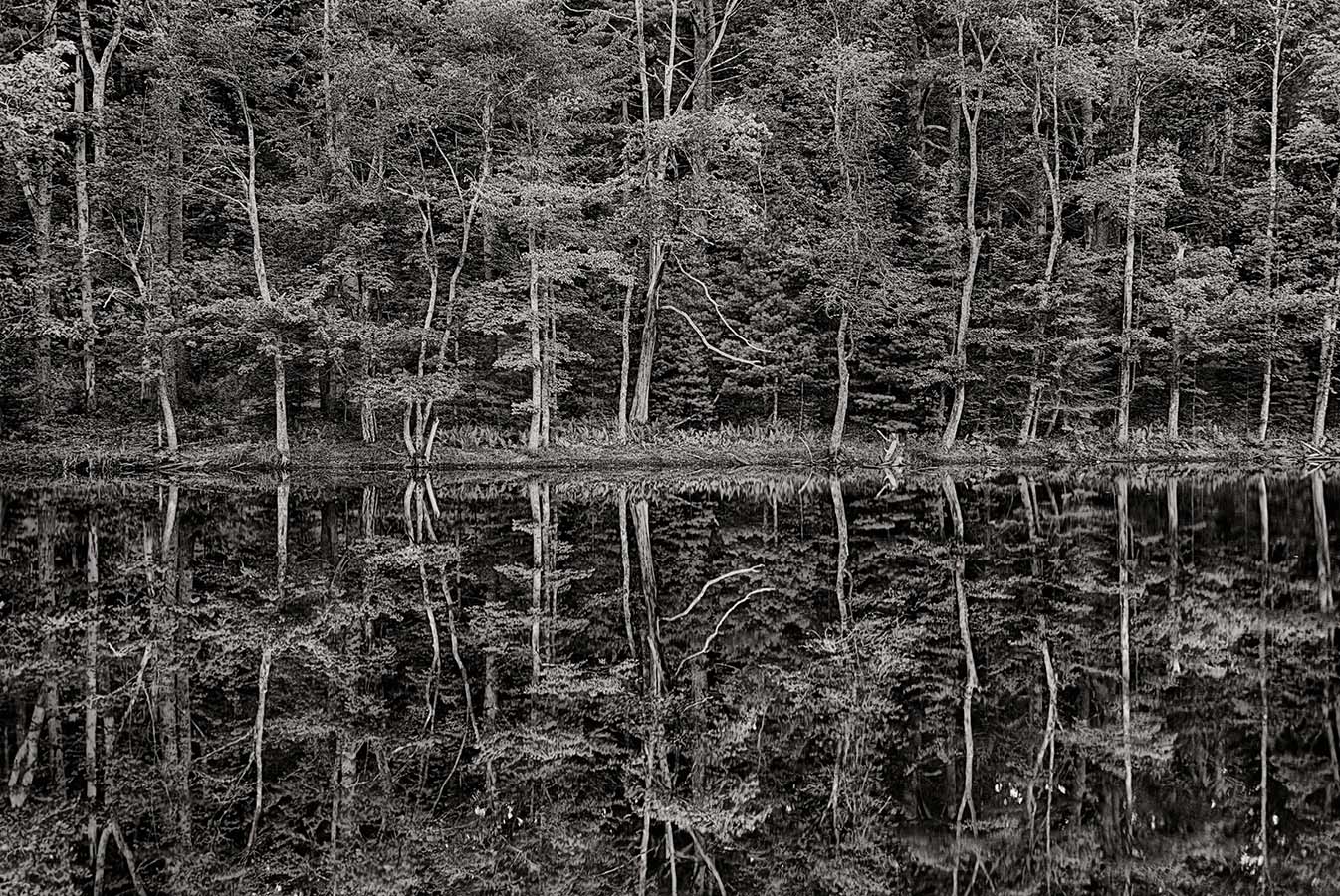
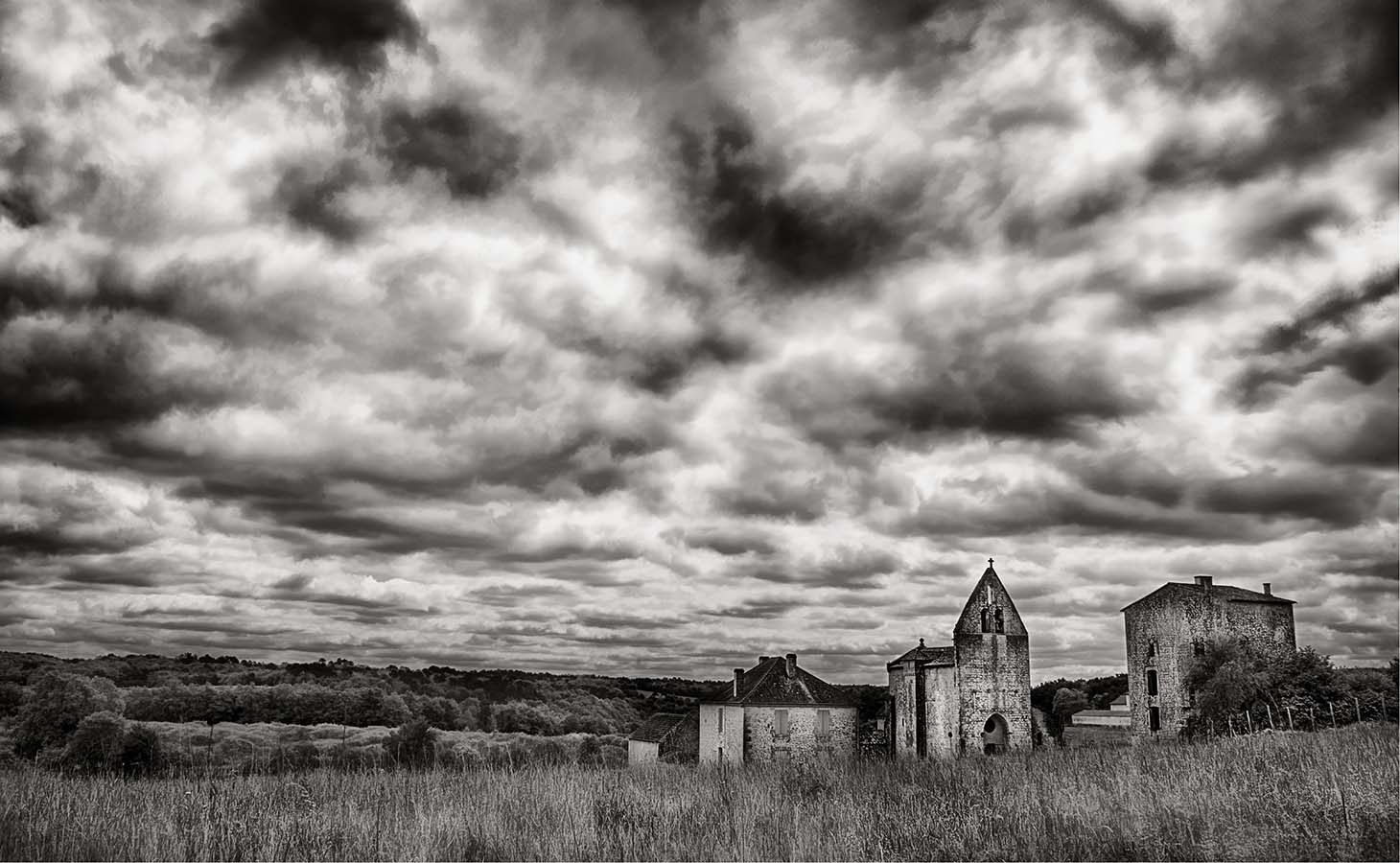

WHY BLACK AND WHITE?
The world around us is for the most part a world in colorhopefully bright, vibrant, and exciting colors, except when our mood is dour, in which case the colors should be appropriately muted and gray. Why then photograph in black and white?

